Originally appeared on Automoblog.net
Haida Gwai (Islands of the people) are formerly known as the Queen Charlotte Islands, and formerly known as Xaadala Gwayee (islands at the boundary of the world). Looking west, it is literally the end of the world, with the Pacific Ocean forming the boundary to over 150 islands. Some of the Haida people live there as they have for thousands of years. Others live on islands in Southern Alaska and on the mainland.
Eight of us, city dwellers, are on the main island for a weekend of R&R. One day will be spent fishing and one will be spent driving our dune buggies on the beautiful northwest beaches of Graham Island. We will be heading toward Rose Point, looking for elusive, wild cattle. Since the early 20th century, generations of the same family have been raising cattle near Tlell, forty miles south of Masset. The cattle were not a native species, but introduced like raccoon and rats.
The cattle are not fenced in and you can see them near the main road.
The grass may have been greener on the other side of the highway, perhaps because it was a federal park. So, over the years, some of them would just take off, the story goes, and become feral. Not that they were pets to begin with. They would make their way up north where there were no humans.
We wanted to see for ourselves if the myth was true.
Flashing Lights
We’ve rented motel rooms in Masset which will be our home base. I’m heading back to the motel after purchasing some snacks and drinks for the fishing trip the next day. I’m driving a dune buggy with a VW engine and a fiberglass body. The lower part is light blue and the top is white with gull-wing doors that you open by hand.
You need cover in the Pacific Northwest.
A Royal Canadian Mounted Police car, coming from the other direction, flashes its lights. It is getting dark and my head lights are not on. I ignore the signal and accelerate instead, as if I could outrun a police cruiser on an island. But the motel is nearby, so I’m pretending I haven’t seen him.
I park just before the police car arrives.
“Officer, I didn’t see you flash your lights.”
He’s giving me the third degree and hands me a ticket for not driving with my headlights on when it’s getting dark. Had he bothered to actually check my lights, he would have realized they did not work. Then it would have been much more of a hassle (and more expensive) than the twenty dollar ticket to get out of it.
Fruitful Fishing
We wake up the next morning to a gray sky and, after a hearty breakfast, take our gear to the wharf. On a previous visit to the islands, I and another fellow traveler had taken a course on how to navigate the waters and how to operate the two particular whalers we were renting.
Each boat was equipped with a 100 horsepower Evinrude Starflite outboard motor. The boats themselves weigh 1700 lbs. and are about 27 feet long – so we were told. I would have preferred the Boston Whaler with its double engine, but it was already taken.
Our tubs look like life boats from the Titanic and just about as old.
The sky is getting grayer as we sail through Masset Sound and there’s a pod of killer whales in the distance. Fortunately, they are going in the other direction toward Masset Inlet. They likely would not have bothered us, but we didn’t want to find out. I maneuver the boat to avoid sand bars, heading into the open waters of the Pacific Ocean. I steer the outboard motor north along the coast to where we agree on a spot to drop anchor.
There’s a bit of a swell, but nothing uncomfortable. At least it’s not raining.
We put the lines and flashers in the dark water to a depth of about 60 feet. We also lower a couple of crab traps. We’re using herring as bait. The other boat is anchored not too far from us, closer to the sound. The boys are drinking. Not me, however. No drinking and driving.
The fish get the memo and are biting, and it doesn’t take long before we catch a couple of halibuts. One guy pulls a flat fish that is a good 40 lbs. and I land one that is about half the size of the first one. We seem to be on a roll, but Mother Nature decides we’ve had enough and the wind picks up quite suddenly.
So do the waves.
Man vs. Sea
The other “captain” leaves first and heads for the sound. I’m slow doing the same, thinking we can continue to fish for a while. Wrong. The weather in the open Pacific Ocean can turn nasty quite quickly. If the instructor mentioned that during the course, I wasn’t paying attention. We finally pull the lines back in as well as the traps, which contain a few crabs, much to our delight.
By the time we are ready to go and I’ve started the Evinrude, the waves are a good 6 feet. Instead of turning parallel to the waves, I head straight into them. The crew is beginning to question my judgment. I tell them I don’t want the boat to roll over on its side, but I’ll have to turn at some point.
I can’t keep going to Asia. We’ll run out of gas or there will be mutiny, or both.
By now the waves are 8-10 feet high. Past the crest of each wave, the boat goes down quite hard. Gravity sucks. And by the time the boat hits the trough of the wave and is going up again, the passenger in the bow, who is much lighter, is still coming down. He bounces on his seat and is almost thrown into the ocean with each wave.
I’m out of my depth, as it were, but I keep my cool and manage to quickly steer the boat sideways. In one smooth motion, I bring the stern around 180 degrees. The waves are now hitting the back of the boat as I slow down and we make our way to the sound. The other boat is waiting for us and happy we’ve made it.
So, what better way to celebrate than by throwing cans and bait at each other? The guy sitting at the bow in our boat is quite woozy – probably a combination of the beer and having survived the waves. The herring and cans are flying in earnest and a can lands directly on top of his head. It’s an unopened can by the way.
It must have hurt like hell, even if he’s intoxicated. He crumbles back on his seat, but he is not knocked out.
The boys run out of stuff to throw and the two boats come together side by side. One of the city sailors has the bright idea then of tying up the boats, which they do. They start walking on the gunnels. Darwin has been looking down from heaven for a while, ready to hand out an armful of awards.
I ain’t gonna go fishing for a while.
Cattle Guard
The next day looks more promising, weather wise, anyway. There is not a cloud in the sky. However, some of the boys are recovering from the ordeal of the previous day and don’t want to ferret around for cattle. Bouncing in a dune buggy will do nothing for a hangover. So, we are down to four guys and set off in two dune buggies.
I follow behind. The driver of the first dune buggy knows the area better than I do. He has a black 1970 VW with the fenders removed, so the wheels are exposed. I never understood why, especially if you are standing by the side of the road on a rainy day and he drives by. But on the other hand, there is no risk of having mud cake up between wheel and fender.
Access to the beach and Naikoon Provincial Park, where we want to go, is outside of Masset. We drive past a field where magic mushrooms grow. At harvest time, enterprising people show up to fill their bags. And enterprising law officers hide in the bushes to stop them from filling those bags with shrooms. Even if it grows in the wild, it is still a “controlled” substance.
We make it onto the beach. It is nice and unencumbered. The blue sky above, the pacific ocean on the left, and Douglas Firs and Red Cedars on the right. We couldn’t ask for a better day. It’s so clear, you can see the beginning of Alaska.
We come upon a stream. It’s the discharge from a fresh water lake located inside the park. It cuts through the beach, but we are not worried, confident our buggies can easily cross the fairly shallow water bed. The driver of the lead buggy decides to cross close to where the stream empties into the ocean. I think it’s too low and decide to stay in the middle, between the ocean and the forest.
It didn’t matter.
Suddenly Stranded
We both get stuck in the stream bed. Try as we may, the buggies won’t budge. We get out of the cars and try to pull them back onto the sandy beach. It doesn’t take long for mine to be free with its much lighter, fiberglass body. It’s a different story for the other buggy. All four of us can’t move it, and the tide is rising. We push my car past the high tide line and look in desperation as the water is creeping up higher and higher.
We remove the battery from the stranded, black VW and any other loose items, including a can of gasoline. Before we know it, the ocean is splashing against the windows of the bug. There is nothing we can do at this point.
We collectively bow our heads, let out a sigh, and watch in vain as the water engulfs the bug. The ocean lifts up the car like a child would lift a rubber ducky in a bathtub. We are hoping the tide will bring the car closer to us, but it is not to be. We wait hours on end as the toy is splashed about.
The top of the roof is still visible.
“At least, we can still see the car,” we said, hoping that would somehow better our situation.
The water, right about then, started retreating, dragging the VW, we feared, to the murky bottom of the world.
And We Wait …
Luckily, the angle of the slope under the water is low and made of compacted sand. This worked in our favor as the ocean was no longer amused and released its grip on the car a few hundred yards away. The windows reappeared first, followed by the rest of the carcass. We wade through the salty water and pull it back onto the beach.
We check the plugs. There doesn’t appear to be any water in the engine. We drain the carb, put a bit of fresh gas in it, and hook up the battery. After some finagling, the black VW starts.
We all head back home.
The next day, the black VW is all seized up and won’t start. Looks like we’ll have to extend our stay if we want to see any of that mythical cattle.
*Michael Bellamy is the author of our Memory Lane series. He enjoys driving his 1997 Lincoln Mark VIII LSC and his 2001 Ford F150 7700.
Cover Photo: Ian Gould
from Automoblog.net http://www.automoblog.net/2016/07/06/memory-lane/
via IFTTT
from Tumblr http://peternpalmer.tumblr.com/post/147007303796
via IFTTT
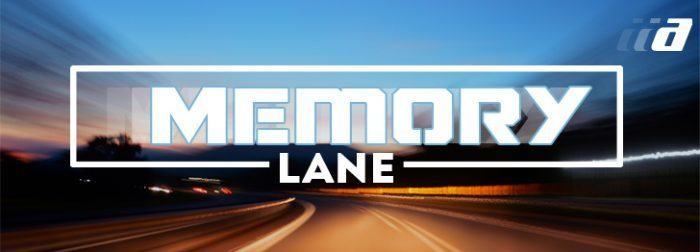
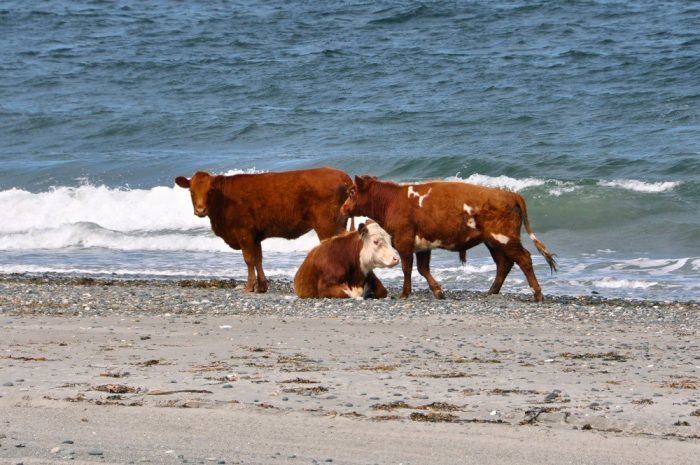
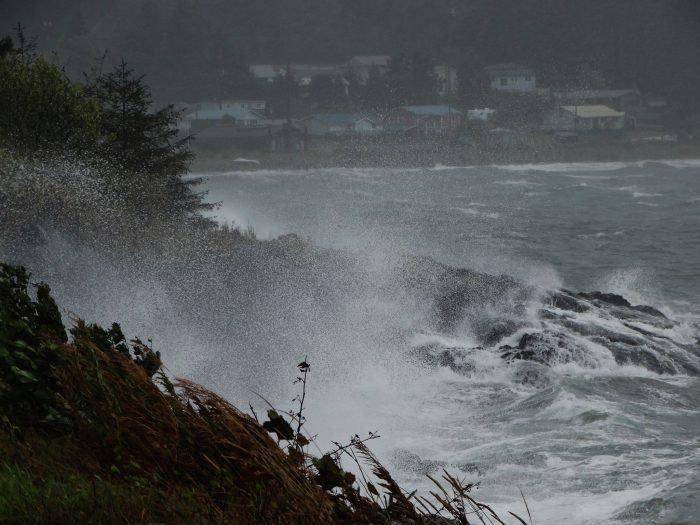
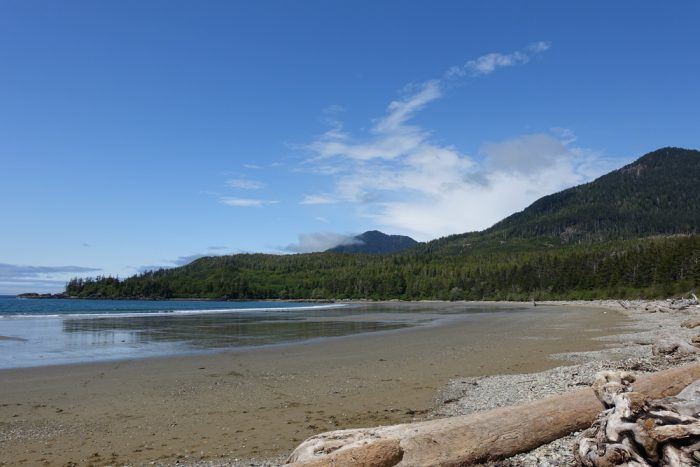
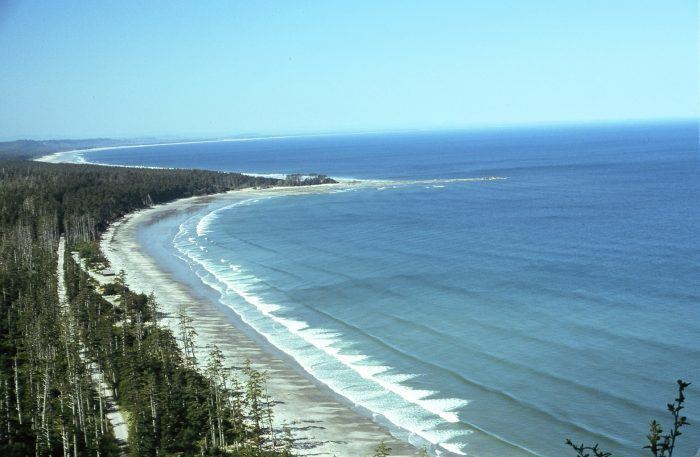
No comments:
Post a Comment